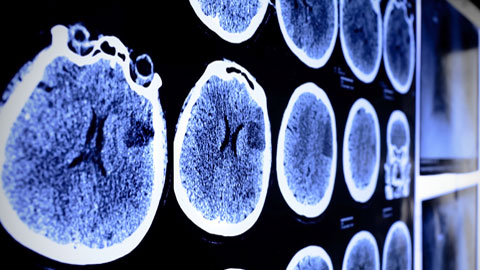UAB and VHIR begin international collaboration for a new stroke treatment

10/06/2015
The new RTU-009 drug, developed by the Japanese company R-Tech Ueno, is an inhibitor of the enzyme VAP-1 (Vascular adhesion protein-1), involved in cerebral infarction and which in animals has shown to have neuroprotective effects, improving cerebral dysfunction when applied in combination with t-PA, an anticoagulant which is administered in the hours immediately following a stroke.
Researchers from the INc, led by Mercedes Unzeta, and from the VHIR, directed by Joan Montaner, will now conduct collaborative research with R-Tech to test the RTU-009 drug in animal stroke models. The agreement will allow exploring application possibilities for RTU-009 in combination with t-PA treatment and assessing the potential of this treatment before proceeding with the first clinical trials.
The objective of this combined treatment is twofold: to increase the percentage of patients who fully recover after a stroke and shorten the period of administration of the anticoagulant therapy.
Presently, treatment using t-PA is the first-line therapy after suffering a stroke. However, it can only be applied to patients within 4 or 5 hours from the onset of stroke, due to the risk of brain haemorrhage it entails. According to some studies, the recovery rate, representing the rate of patients who recover to the level of self-reliance, is 40-50% in Japan.
It was recently reported that removing the thrombus in treatable patients within six hours of stroke onset via endovascular treatment improves results as compared with conventional treatments. Therefore, the collaboration between the UAB, VHIR and R-Tech Ueno will also explore a new treament utilising the new RTU-009 inhibitor in combination with endovascular treatments.